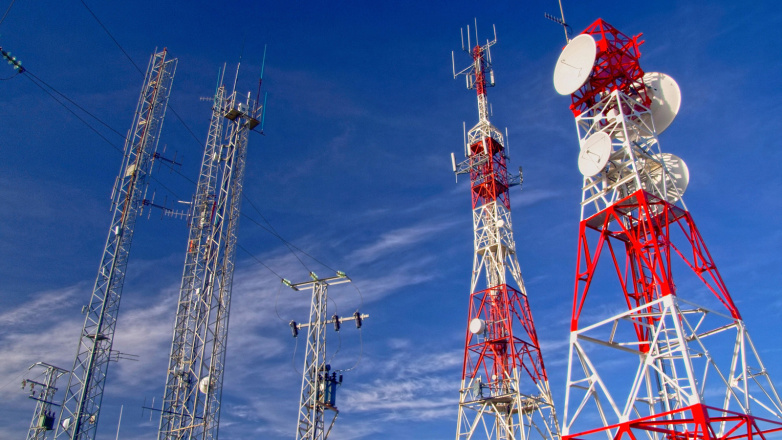If you've ever walked through a city you might have noticed tiny 5G cell towers on street light poles. They look like small boxes, but they're actually broadcasting wireless signals from mobile providers to your phone.
The smaller ones are being replaced by larger specially-designed cell towers. While they're not as noticeable but they can still cause issues for users.
It is the FCC's Radiation Exposure Thresholds
The FCC's Radiation Exposure Thresholds establish the safe distance that an individual can be exposed to electromagnetic energy generated by wireless devices. The exposure limits are based upon scientific research that show that RF energy could be harmful to human health.
The specific absorption rate (SAR) is an indicator of the radiofrequency energy absorption by tissues. It's usually 1.6 watts per kilogram, calculated over one Gram of tissue.
However, because 5g transmits at higher frequencies this could be able to increase the intensity of energy on the skin and other exposed body areas. This could result in many potential harms, including exacerbated formation of skin disorders like dermatitis, cataracts and skin cancer.
Due to the possible severe effects of 5g radiation, PSU has chosen to create a general power density limit of 4 mW/cm2 based on the average over 1 cm2, and never to exceed 30 minutes for the entire 5G spectrum at 3000 GHz. This localized limit is consistent with the maximum spatial-average SAR of 1.6 W/kg averaged over 1 g of tissue at 6 GHz.
The FCC's Maximum Exposure Thresholds for Maximum Exposure
If you've ever used a mobile phone, you're probably aware that the safest range from the tower is at least 400 meters. This is due to the power of transmission from cell towers increases drastically the further away you are from it.
While this sounds like something that's good, the reality is that those living close to towers could be more vulnerable to health issues. For instance, a 2014 study in India discovered that those who lived within 50 meters of cell towers experienced significant more health issues than those living further away from the antennas.
what is a safe distance from a cell tower revealed that those who relocated into areas farther away from the cell towers saw their symptoms return to normal within a few days. https://www.openlearning.com/u/dalgaardfranck-rtp9p9/blog/WhatIsTheMinimumAcceptableMileageBetweenYourselfAndAlsoA5GMobileSystem have also revealed that exposure to high frequencies of radiofrequency electromagnetic fields (EMFs) can cause cancer, brain tumors, and other health problems.
This is because RF radiation, which is used in wireless communications, may be absorbed by the body's outer layer, which is the skin. This is important to understand since the skin functions as a protective barrier against injury to the body, infection caused by pathogenic microorganisms and infiltration of toxic substances. The skin is the most important organ in the human body. It is responsible for protecting other organs.
The FCC's Minimum Exposure Thresholds for the Minimum Exposure

The FCC's Minimum Exposure Thresholds are based on numerous assumptions that are not supported by scientific research. They include the false belief that short-term exposures to RF radiation are safe due to minimal penetration into the body (i.e. thermal heating of tissue).
The assumption is also ignoring the greater penetration of ELF elements of modulated radio signals, as well as the consequences of brief bursts of heat from pulsed RF waves. These assumptions are not in line with the current understanding of biological effects of RF radiation. Therefore, they should not be used for health protective exposure guidelines.
Additionally there is the fact that both ICNIRP and FCC are limiting their maximum exposure limits to local peak SARs based on the peak spatial specific absorption rate (psSAR) that is an inadequate dosimetric tool to assess the amount of exposure to RF radiation. In particular it is inconclusive when frequencies exceed 6 GHz. Furthermore, psSAR has not been evaluated for RF radiation with co-exposure to other environmental agents such like sunlight. Additional info of RF radiation and other environmental agents could produce synergistic or antagonistic effects. This can lead to an increased risk of negative health effects. For example, co-exposure to RF radiation with sunlight may cause an increase in the incidence of skin cancer and exacerbate other skin conditions like acne.
